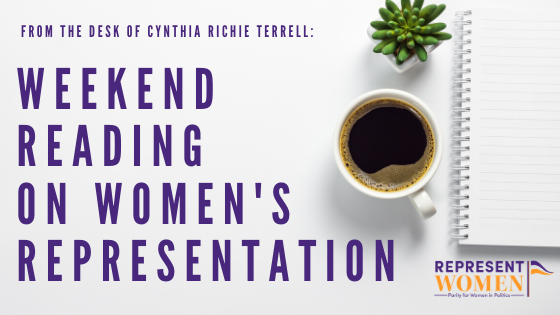
Weekend Reading on Women’s Representation is a compilation of stories about women’s representation in politics, on boards, in sports and entertainment, in judicial offices and in the private sector in the U.S. and around the world—with a little gardening and goodwill mixed in for refreshment!
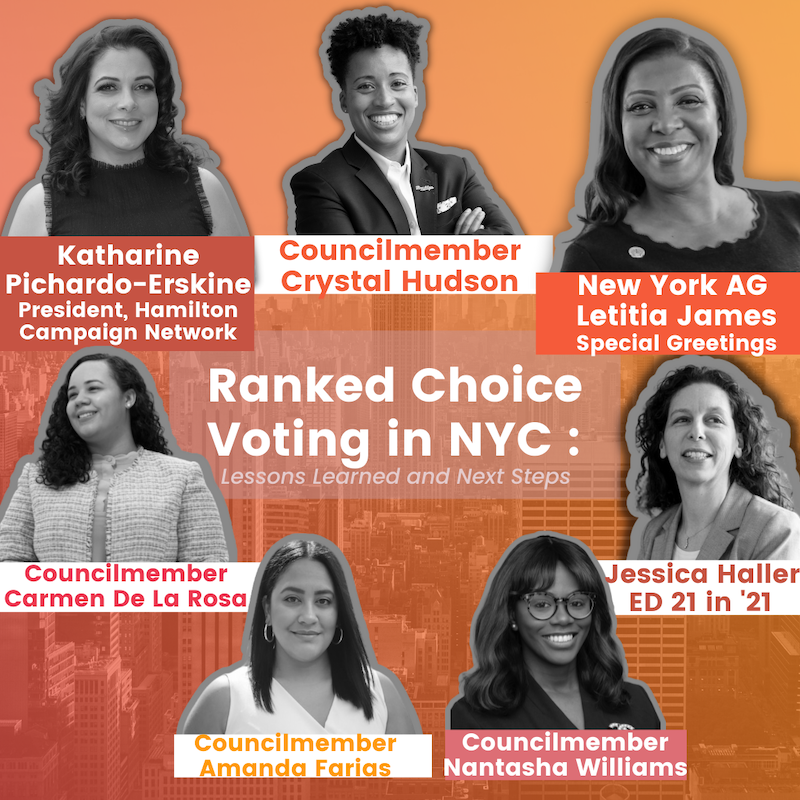
Dear fans of gender balance in politics,
This week RepresentWomen hosted an event with women leaders in NYC including NY Attorney General Letitia James, 21 in 21 CEO Jessica Haller, Hamilton Consulting Group president Katharine Pichardo-Erskine, & NYC councilmembers Crystal Hudson, Carmen De La Rosa, Amanda Farias, & Nantasha Williams. Speakers discussed their experience of running successfully for office in a ranked choice voting election and shared why they support RCV! You can watch the conversation here.
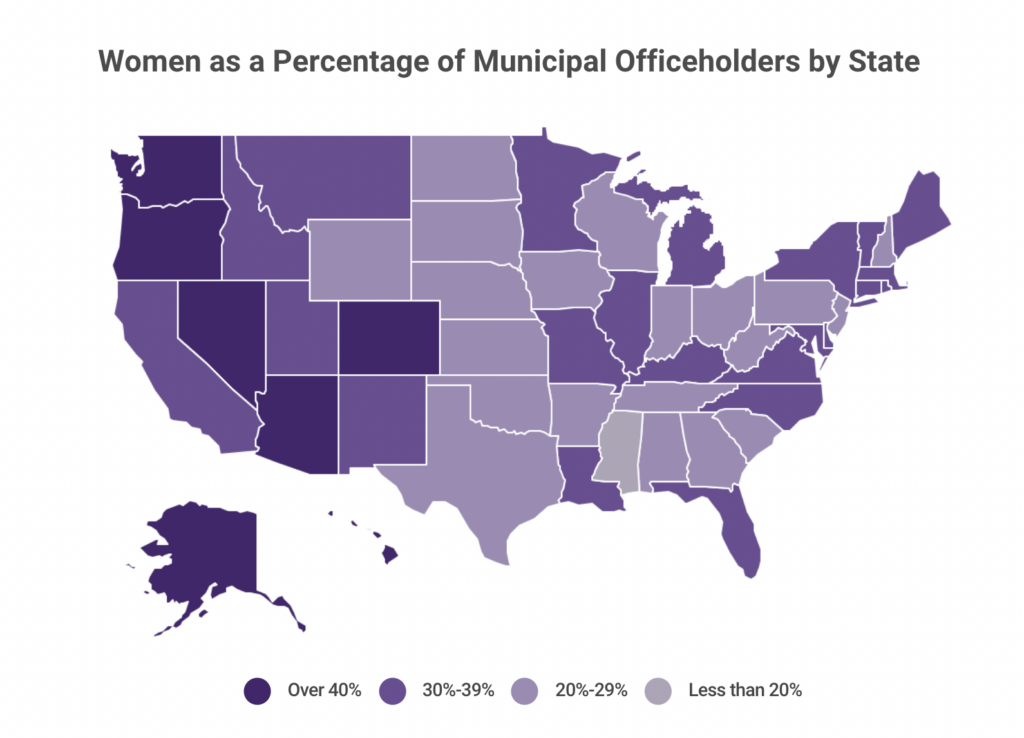
Our friends at the Center for American Women and Politics released data that shows that women’s representation has increased by one percentage point in cities with populations of 10,000 or more:
New data from the Center for American Women and Politics, a unit of the Eagleton Institute of Politics at Rutgers University, shows slight gains for women’s representation in municipal office since we first reported this data in 2021, though women still hold less than a third of municipal offices nationwide. Women now hold 31.5% of municipal offices, including mayoral offices and city councils or similar bodies, which is a single percentage point increase from our 2021 data.
Our 2022 Women in Municipal Office fact sheet has an interactive map showing women’s share of municipal offices in all 50 states, as well as a sortable table that shows this percentage and state rankings for women’s representation in municipal offices. In addition, newly added to this table is a rank change column showing how states have gained or lost rank since this data was released in 2021. A second table on this fact sheet compares women’s representation in municipal office to their representation in state legislatures.
This data includes information about mayoral offices and members and officers of the municipal legislative branch of incorporated cities and towns with populations over 10,000, per the U.S. Census. It should be noted that there is a great deal of variance between states in how many cities and towns are included in this data. Hawaii, for example, remains in the top spot for women’s representation, but that ranking is based on just a single municipality that is both incorporated and has a population greater than 10,000: Honolulu. California, by contrast, has 394 such municipalities; with women holding 38.7% of municipal offices in the state, California holds the eighth position in our rankings.
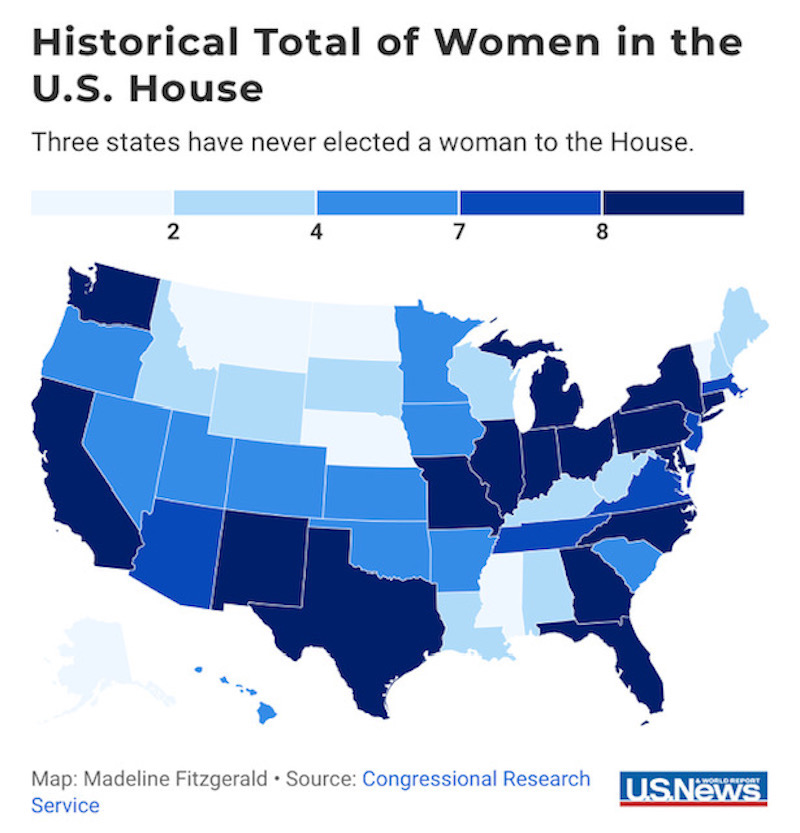
Women are still, of course, under-represented in Congress, as well, and some states have never elected a woman to the U.S. House or the U.S. Senate according to this article in US News which features Amanda Hunter, CEO of the Barbara Lee Family Foundation:
According to Hunter, there are some misperceptions as to why women don’t hold elected office at the same rates as men. For example, she challenges an oft-cited “fact” that women need to be asked to run for office more often than men before they do so. “I don’t think women are wallflowers, sitting around waiting their turn,” she says. “Women are in the trenches, whether they’re volunteering on campaigns, or organizing or running. The difference is that there are still a lot of structural barriers in place for women.”
Among these structural barriers, Hunter says, are access to the high-level fundraising and social networks that men use to power their campaigns, both economically and politically.
Once one woman gets elected to a political office, however, it becomes easier for future candidates. Hunter points to Vermont’s neighboring state of New Hampshire as an example of this phenomenon. The Granite State is currently represented by two women in the Senate, and from 2017 until 2019, it had an entirely female Congressional delegation.

This piece on CNN offers a model for how key stakeholders can take intentional actions to increase women’s representation — in this instance, the Memphis and New York States Police Departments took a pledge to increase the percentage of women law enforcement officers:
The Memphis Police Department and the New York State Police took a pledge this week to increase the representation of women in their ranks to 30%, joining a total of 150 law enforcement agencies in the US and Canada that have made the commitment in the past year.
The 30×30 Initiative is a coalition of police leaders, researchers, and professional organizations aiming to increase the representation of women in police recruit classes to 30% by 2030 and ensure that policing culture and policies support these women throughout their careers.Four other police departments took the pledge — which had its one-year anniversary on Friday — in recent weeks, including Fresno, California; the Metropolitan Police Department in Washington DC; Indiana University at Bloomington; and the city of Bloomington in Indiana, according to Kym Craven, executive director of the National Association of Women Law Enforcement Executives (NAWLEE).
Research shows women make up roughly 12% of sworn law enforcement positions nationwide, and only 3% of executive level positions, Craven said.
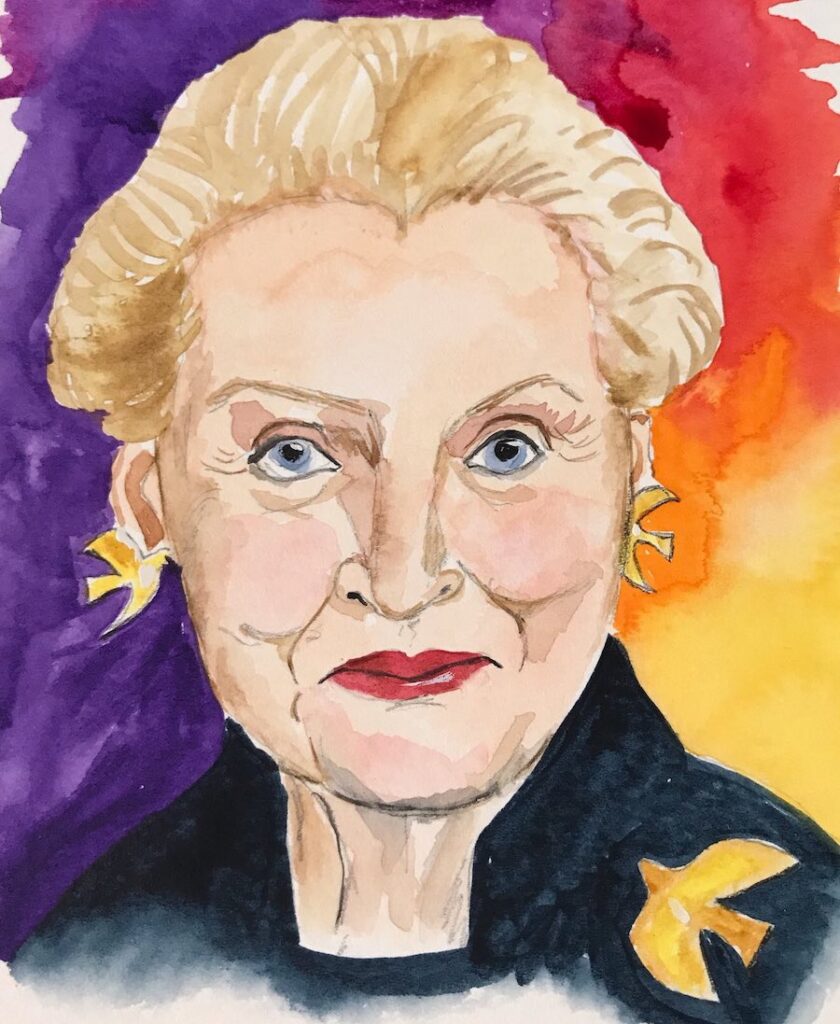
Women are still not as likely as men to serve in key cabinet posts according to this article in The Washington Post — for a full survey of women in cabinet positions worldwide visit RepresentWomen’s international dashboard:
Trailblazing diplomat Madeleine Albright died last week. Albright is well known as the first woman to serve as the U.S. secretary of state. She shattered that glass ceiling in 1997, and in the past 25 years, many more countries have appointed women to serve in this role.
Yet, according to our data, in 2022 women make up only 20 percent of foreign affairs ministers around the globe. The lack of female leaders in this role has consequences for policy, public opinion and women’s broader access to power.
The secretary of state — or foreign affairs minister in other countries — oversees foreign policy and diplomatic relations. This is typically a high-profile executive branch position. In the United States, for example, the secretary of state helps shape U.S. overseas policy and is the first Cabinet member in the presidential line of succession.
When Albright became secretary of state in January 1997, this position was male-dominated, not only in the United States but around the world. Only 39 other women (from 33 countries) had served as foreign affairs ministers. And women had rarely held the position in the most powerful nations. Among Group of Seven countries, for example, only Italy and Canada had previously appointed women to lead the foreign affairs ministry.
There are countries where women’s leadership across sectors has become the norm. As this article in CEO Magazine explains, stakeholders in these countries have embraced intentional actions to remove the structural barriers women face and employ the best practices for women’s success, like gender quotas for public and private sector boards, and proportional voting systems:
An estimated 2.4 billion women around the world are denied equal financial opportunity. Equal access can mean multiple things, from women’s political and corporate representation to divorce laws and the percentage of female participation in male-dominated fields.
Across both The Female Opportunity Index and the Women, Peace and Security Index, the Nordic nations outperform all other nations. These countries — Norway, Finland, Iceland — are synonymous with strong policies that support parents and encourage equality in the workplace both in terms of pay and participation.
“Data has also shown that in countries where there is more gender parity, poverty drops and economies grow, while new research has shown that companies who foster female leadership perform better and increase profits,” Adrienne Gormley, former COO of German digital bank N26, says.
Under the mechanism, up to 12 seats can be added if the less represented gender, in this case, women, make up less than 40% of parliament. Each party can add up to six seats each. #lovinmalta #malta #MaltaElection2022 https://t.co/SExTnivJex
— Lovin Malta (@LovinMalta) March 28, 2022
Countries outside of the Nordic states are employing systems strategies to increase women’s representation as well. This piece from Lovin Malta describes the combination of gender quotas and proportional voting that it intended to help elect more women to office:
Malta’s gender corrective mechanism will be used to full effect after only four women were elected after the initial count in the general election. Now, attention will turn to which women will make the cut through the controversial quota.
The gender corrective mechanism will only apply once the casual elections are over, but a look at official figures published by the Electoral Commission puts a spotlight on which women are in the running to make use of the new system.
Under the mechanism, up to 12 seats can be added if the less represented gender, in this case, women, make up less than 40% of parliament. Each party can add up to six seats each.
Unelected female candidates will be ranked according to the number of votes they received by the time they were knocked out of the race and picked accordingly.
I visited my dear friend Melanie Humble whose artwork you know from these blogs; it was wonderful to spend time with her and to see where she does all the amazing painting!
That’s all for this week,
Cynthia
P.S. — We are celebrating women athletes this week:
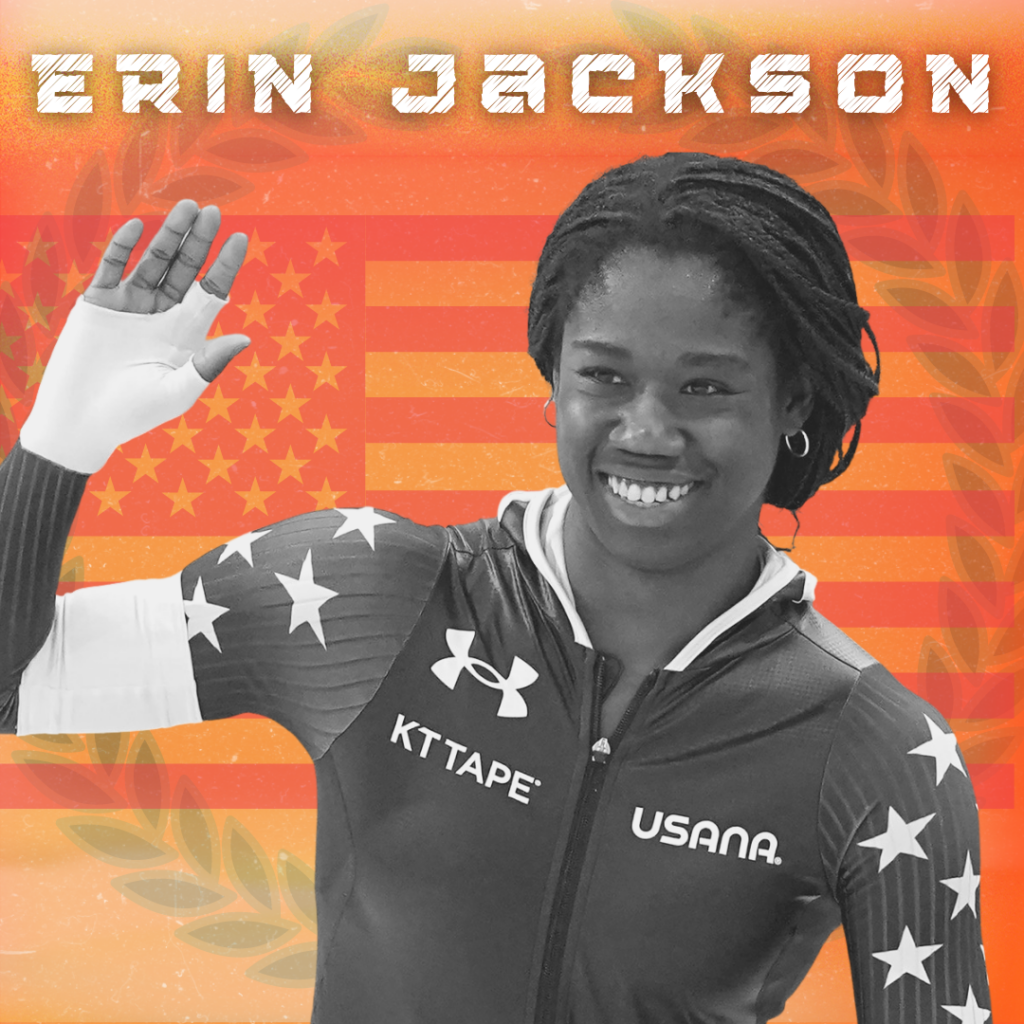
Up next:









